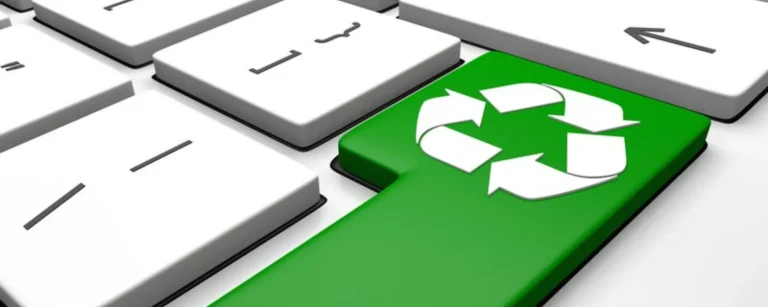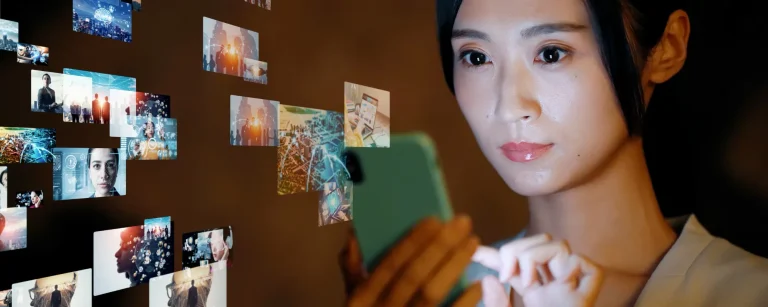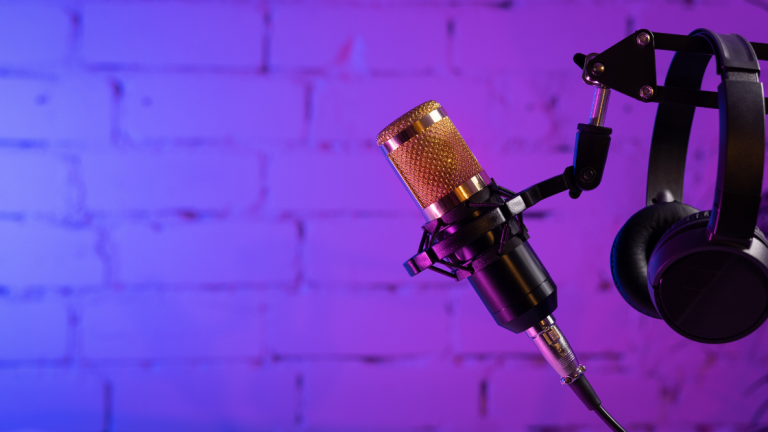Blogging started as far back as the late 1990s, when what was merely an online diary or journal would blossom into a dynamic, richly multimedia form of communication playing a definitive role in the digital landscape. In this respect, this transformation reflects changes that are taking place with technology, the taste of users, and content use habits. Today, the process no longer remains merely a text-based activity; it includes images, videos, podcasts, and all types of interactive media. In this way, the evolution of blogging from classic to multimedia changed everything when creating, publishing, and consuming content on the Internet.
Early Days Of Blogging
In the beginning, blogging was relatively simple. Using such services as Blogger and LiveJournal made it possible to easily share text-based posts across the internet, usually in reverse chronological order. As expected, most of the first blogs were personal and informal, with bloggers mainly including their musings, experiences, and views on various issues. The content mostly consisted of blocks of text, occasionally pictures or hyperlinks to other websites.
At the time, blogging was still more of a hobbyist activity; people were mostly writing for self-expression and not for any professional reason. The tone in the blogs was conversational, and the setup was pretty basic in structure, enabling bloggers to connect on a more personal level with their readers. However, as the Internet grew and evolved, the blogging scene began to change as well.

The Rise Of Professional Blogging
By the mid-2000s, blogging had begun to professionalize. The creation of sites like WordPress provided more extensive functionality for authors: themes, plugins, and analytics. This took blogging from a personal pastime into something that could be a career path—at least in their minds—where bloggers saw the opportunity to turn their content into money through display advertising, sponsored content, and affiliate marketing.
It changed the whole content and structure of blogs. This paradigm shift changed them from purely being a personal reflection to focusing on particular niches such as fashion, technology, travel, food, among others. As they became more strategic, they optimized their posts for search engines with SEO and built large followings on social media.
There was much emphasis on creating valuable, informative content that could attract a wider audience and increase its chances of earning money. During this period, the traditional format of blogging, which was text with image backing, still dominated.
The Advent Of Multimedia Blogging
Enhanced technology opened a lot more options for content creation. It was no longer limited to mere text and image use as bloggers started incorporating videos, audio, and other interactive features into their content.
- Video Content and Vlogging: With the advent of video content, came one big step in the evolution of blogging. The term vlogging found its place in the limelight due to the increasing popularity of video sharing through YouTube. It was in this period that bloggers accustomed to writing mainly in text form posts started developing videos.
- Podcasting: Another powerful medium, besides vlogging, has been podcasting. Podcasts were able to corner a channel that could push information in an audio format; hence, it is usable by people who would rather listen than read. In this case, bloggers could reach their audience while commuting, exercising, or simply multitasking in general.
- Interactive and Immersive Content: The development of blogging did not end with video and audio. As web technologies continued to develop and grow, so did bloggers’ experiments with interactive and immersive content. This includes interactive infographics, quizzes, Virtual Reality (VR) experiences, and Augmented Reality (AR) features.
The Role Of Social Media In Multimedia Blogging
Social media has been very instrumental in the evolution of blogging. For example, platforms like Instagram, Pinterest, TikTok, and Twitter are integrated into content distribution, promotion, and engagement. More specifically, visual platforms like Instagram and Pinterest motivated bloggers to be more image- and video-rich.
Short-form videos on TikTok and Instagram Reels pushed bloggers to think creatively about how they could condense their messages further and convey them in bite-sized, highly engaging formats.
Social media also changed how bloggers interacted with their audience. It provided for more direct and personal engagement in real-time through comments, likes, shares, and direct messages. These platforms have become indispensable to any brand-building exercise, driving traffic to blogs and extending reach.
Challenges Of Multimedia Blogging
Although the change to multimedia blogging has brought its opportunities, it also comes with its set of problems. Indeed, production of quality content calls for more resources in terms of time, equipment, and other requirements.
Because of the need for specialization, a blogger must be able to handle video production, audio editing, graphic design, and even coding to assist in making interactive content. This calls for a wider range of skills, which is sometimes overwhelming, especially for the independent blogger who does not have a team to help.
With increased multimedia content, the competition is keener. The competition can be tiresome to keep up with and to stay ahead— bloggers keep innovating in an increasingly saturated market either by going through creative burnout or pushing themselves into actions that do not align with their brand.
Conclusion
The evolution of blogging from plain old text-based posts into today’s rich multimedia experience reflects broader shifts in technology and audience expectations. A platform that began by simply and easily allowing people to share their personal thoughts has slowly matured into a sophisticated “text, image, video, podcast, and interactive” medium. Within this change lay an increase in the possibilities for content creation. For example, bloggers could reach larger audiences and share information with them more effectively.
This constitutes an evolution of blogging, while beneficial to bloggers, has brought some challenges in and of themselves and requires bloggers to adapt and grow in their skill sets. As time moves further into the future, we will begin to see blogging adapt increasingly to new technologies and trends, further blurring the lines between the different forms of media.







